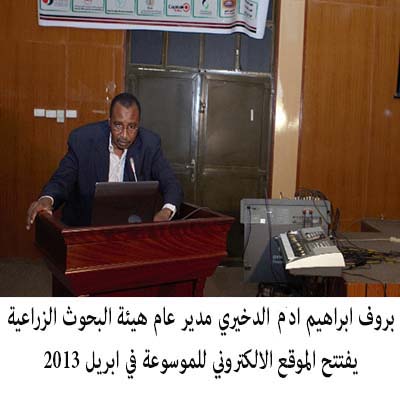معادن التربه
Effect of Irrigation Water Quantities and Tillage Treatments in Leaching Salts in
Salt-affected Soils.
1Salah Abdel Rahman Salih, 2Abdel Moneim Elamin Mohamed and 3Mohamed Abdel Mahmoud
Elsheikh
1,3Department of Agricultural Engineering, Faculty of Agricultural Technology and Fish Science,
University
of Neelain.
2Department of Agricultural Engineering, Faculty of Agriculture, University of Khartoum.
ABSTRACT
This study was conducted during 2009 and 2010 summer seasons at the Faculty of Agricultural Technology and Fish Science Farm, University of Neelain (Jebal Awlia area) south of Khartoum to investigate the effect of different amounts of irrigation water and tillage treatments on salt leaching in the root zone. The water quantities used to leach the salts were crop water requirement (CWR) + 10% or 20% of the crop water requirement as a leaching fraction (L.F). Four tillage treatments namely, disc plow, chisel plow, disc harrow and zero tillage were used. The variables compared were pH, sodium adsorption ratio, electrical conductivity and calcium carbonate percentage. The results showed that CWR + 20% L.F. gave a higher leaching than CWR + 10% L.F. Whereas, chisel plow had the superiority in leaching of salts followed by disc plow then disc harrow and last zero tillage. The best leaching resulted when CWR + 20% L.F.
was used in combination with chisel plowing. Also the results showed that salts were leached from the upper soil layer to the lower ones during the two seasons. Key words: Crop water requirement, tillage, leaching fraction, electrical conductivity, sodium adsorption ratio.


